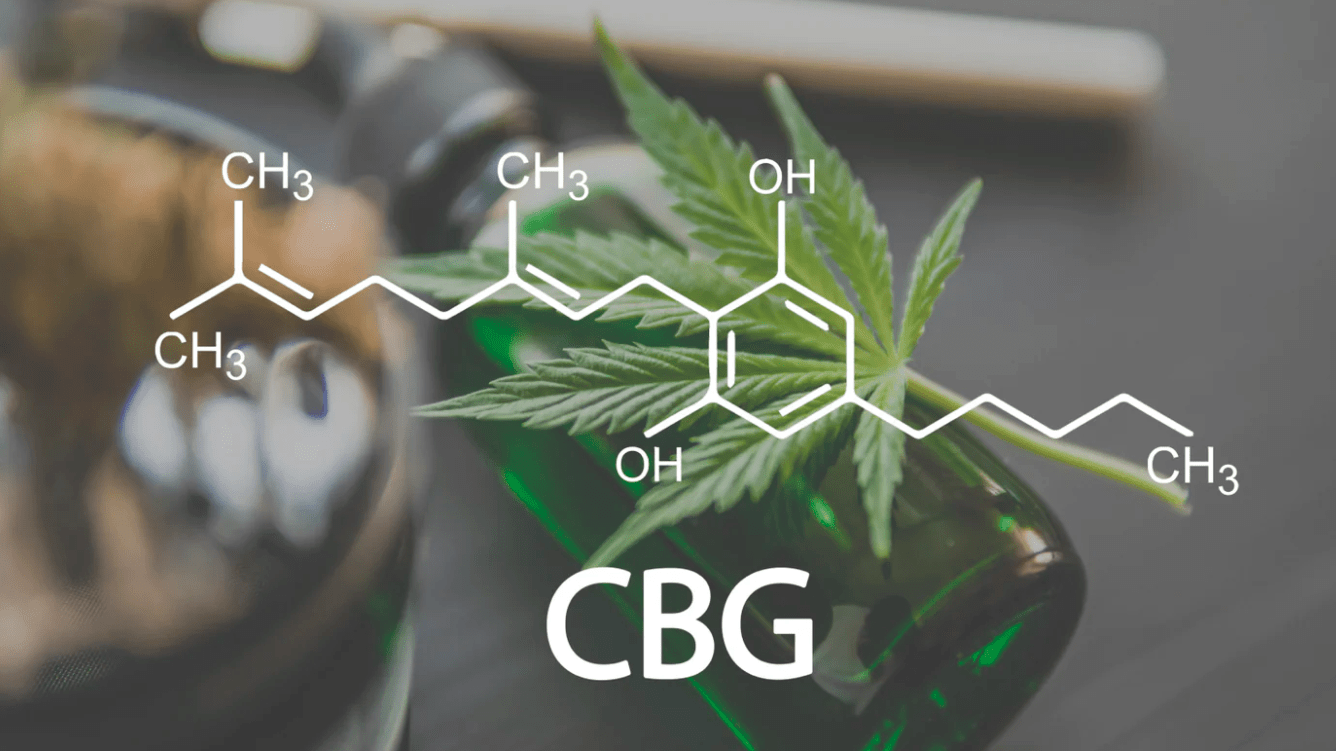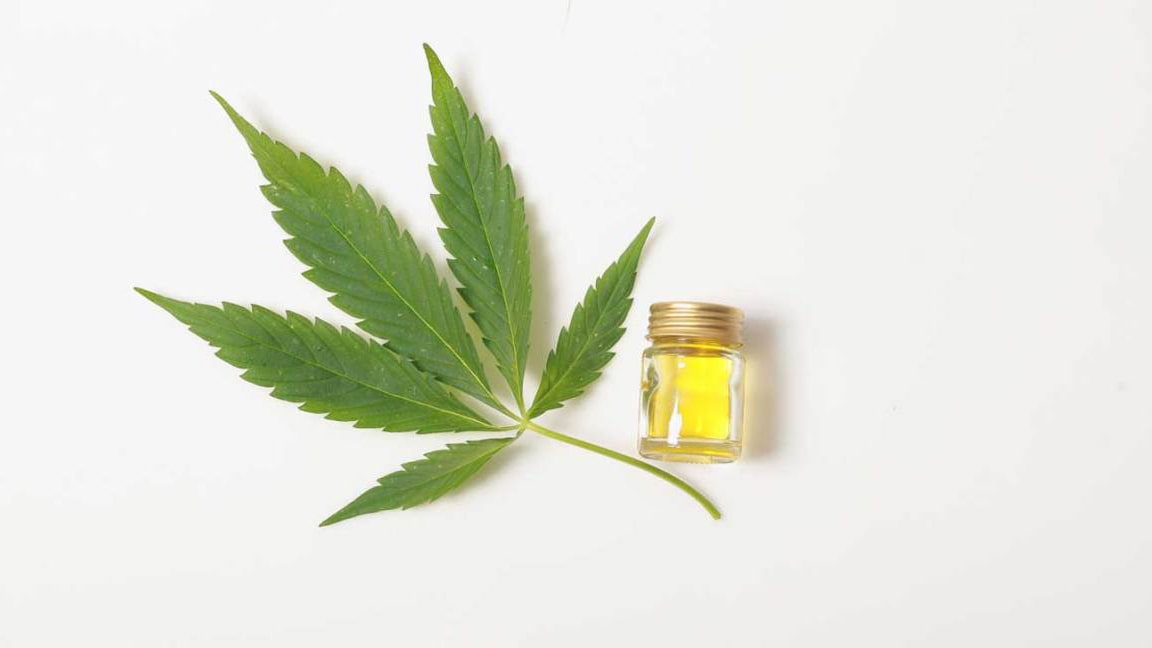- Blog
- What is CBG
What is CBG
What is CBG

Cannabigerol (CBG) is one of more than 120 cannabinoids found in the cannabis plant. Despite its low concentration in most cannabis varieties, CBG plays a critical role in the biochemistry of the plant. Unlike better-known cannabinoids such as THC (tetrahydrocannabinol) and CBD (cannabidiol), CBG is a "precursor cannabinoid." It is formed in the early stages of plant development and is then converted into other cannabinoids by enzymes.
The process of CBG formation begins with cannabigerolic acid (CBGA). CBGA is the first cannabinoid acid synthesized in the plant. As the plant matures, CBGA is converted by enzymes into other cannabinoid acids such as tetrahydrocannabinolic acid (THCA) and cannabidiol acid (CBDA). Then, when exposed to heat or ultraviolet light, these acids are decarboxylated to become THC and CBD, respectively.
CBG does not have psychoactive properties, unlike THC. This means that it does not induce a "high" sensation. Nevertheless, CBG has a number of potential therapeutic properties. Initial studies have shown that CBG may have anti-inflammatory, antibacterial, and antioxidant properties.

CBG in different cannabis varieties
CBG is found in small amounts in all cannabis varieties, but the concentration of this cannabinoid can vary significantly depending on the variety, growing conditions and the stage of maturity of the plant.
Sativa and CBG
Sativa is known for its stimulating and energizing effects. It is often used to enhance creativity, concentration, and improve mood. However, sativa varieties can also contain certain levels of CBG. The concentration of CBG in sativa can vary depending on the genetics of the particular variety and the growing conditions.
Breeders are actively working to develop new sativa varieties with higher CBG content. These varieties may be of particular interest to those seeking the therapeutic benefits of CBG without the strong psychoactive effects that characterize high-THC varieties.
Indica and CBG
Indica, with its characteristic calming and relaxing effects, can also be a source of CBG. Indica varieties are often used to reduce stress, improve sleep, and relieve pain. Some indica varieties contain more CBG than others, and this may be due to genetics and cultivation methods.
Indica varieties with high CBG content may offer users additional therapeutic benefits, such as improved sleep quality and relief of chronic pain, without strong psychoactive effects. These varieties may be particularly useful for patients seeking alternative therapies for their conditions.
Feminized varieties and CBG
Feminized cannabis varieties have the advantage of guaranteeing a high content of female plants that produce more flowers and therefore more cannabinoids. This is especially important for cultivators who are looking to maximize the amount of active ingredients from their plants.
These varieties are specifically bred to increase CBG concentrations to produce plants with high therapeutic properties. They can be either sativa or indica, or even hybrids that combine the best qualities of both types.
The selection of feminized varieties with high CBG content requires a careful approach. This includes the selection of genetically suitable parent plants, optimal growing conditions and regular monitoring of cannabinoid content at different stages of growth. Such varieties can offer users a wide range of benefits, from anti-inflammatory to neuroprotective, and become an important component in medical cannabis therapy.
Growing conditions such as light, temperature, humidity and soil quality also play an important role in the CBG content of plants. For example, lighting can affect cannabinoid synthesis, and certain temperature regimes can help maintain higher levels of CBG. Regulating these factors allows cultivators to optimize CBG production in their plants.
In addition, harvesting and plant treatment methods are also important for maintaining high CBG levels. Proper harvesting at the right time and careful processing can minimize the loss of this valuable cannabinoid.

Benefits and prospects of CBG
Cannabigerol (CBG) is a promising cannabinoid with a number of potential therapeutic applications. Although research is still in its early stages, several key benefits and promising uses for CBG have already been identified.
Anti-inflammatory properties
CBG exhibits significant anti-inflammatory properties. This is particularly important for the treatment of chronic inflammatory diseases such as:
• Inflammatory Bowel Disease (IBD): CBG may help reduce inflammation in the intestines, which alleviates symptoms of conditions such as Crohn's disease and ulcerative colitis. Studies show that CBG may promote healing of the intestinal mucosa and reduce inflammation.
• Arthritis: CBG may reduce inflammation in the joints, helping to treat osteoarthritis and rheumatoid arthritis. These properties make it promising for the development of new anti-inflammatory drugs.
Antibacterial properties
CBG has pronounced antibacterial properties. This makes it a promising candidate for the development of new antibiotics, especially against:
• Antibiotic-resistant bacteria: CBG has demonstrated activity against strains such as MRSA (methicillin-resistant Staphylococcus aureus). This is especially important in light of the growing problem of antibiotic resistance.
• Acute infections: CBG may be useful in fighting a variety of infections, including those that are difficult to treat with traditional antibiotics.
Neuroprotective properties
CBG exhibits neuroprotective properties, making it promising for treatment:
• Neurodegenerative diseases: CBG can slow the progression of diseases such as Huntington's disease and Parkinson's disease. It protects nerve cells from damage and may promote their repair.
• Brain Injury: CBG may aid in recovery from brain injuries by minimizing damage and improving functional recovery.
Antioxidant properties
CBG has antioxidant properties that help protect cells from oxidative stress. It may be useful in the prevention of:
• Chronic diseases: oxidative stress is linked to the development of various chronic diseases, including cardiovascular disease and cancer. CBG may help prevent or slow their development.
• Aging Processes: CBG's antioxidant properties may help slow the aging process and maintain overall body health.
Glaucoma Treatment
CBG is also being studied as a potential treatment for glaucoma. It may lower intraocular pressure, which helps prevent optic nerve damage and vision loss associated with the disease.
Advantages over other cannabinoids
• No psychoactive effects: unlike THC, CBG does not cause euphoria or other psychoactive effects. This makes it attractive to those looking for therapeutic benefits without psychoactive side effects.
• Combination effects with other cannabinoids: CBG can work in synergy with other cannabinoids, such as CBD, to achieve more comprehensive therapeutic effects. This opens up the potential for new formulas and therapeutics.
Considering all these factors, CBG represents a promising cannabinoid with numerous potential medical applications. Advances in breeding and cultivation technologies may help in the development of new cannabis varieties with a high CBG content, which in turn will expand the potential use of this cannabinoid for therapeutic purposes.
